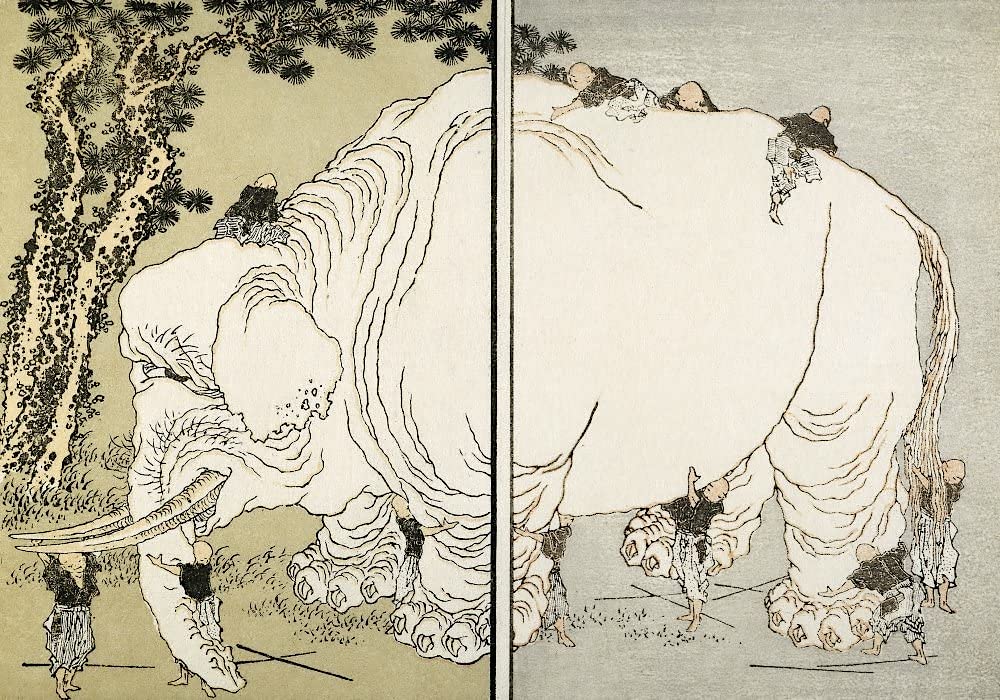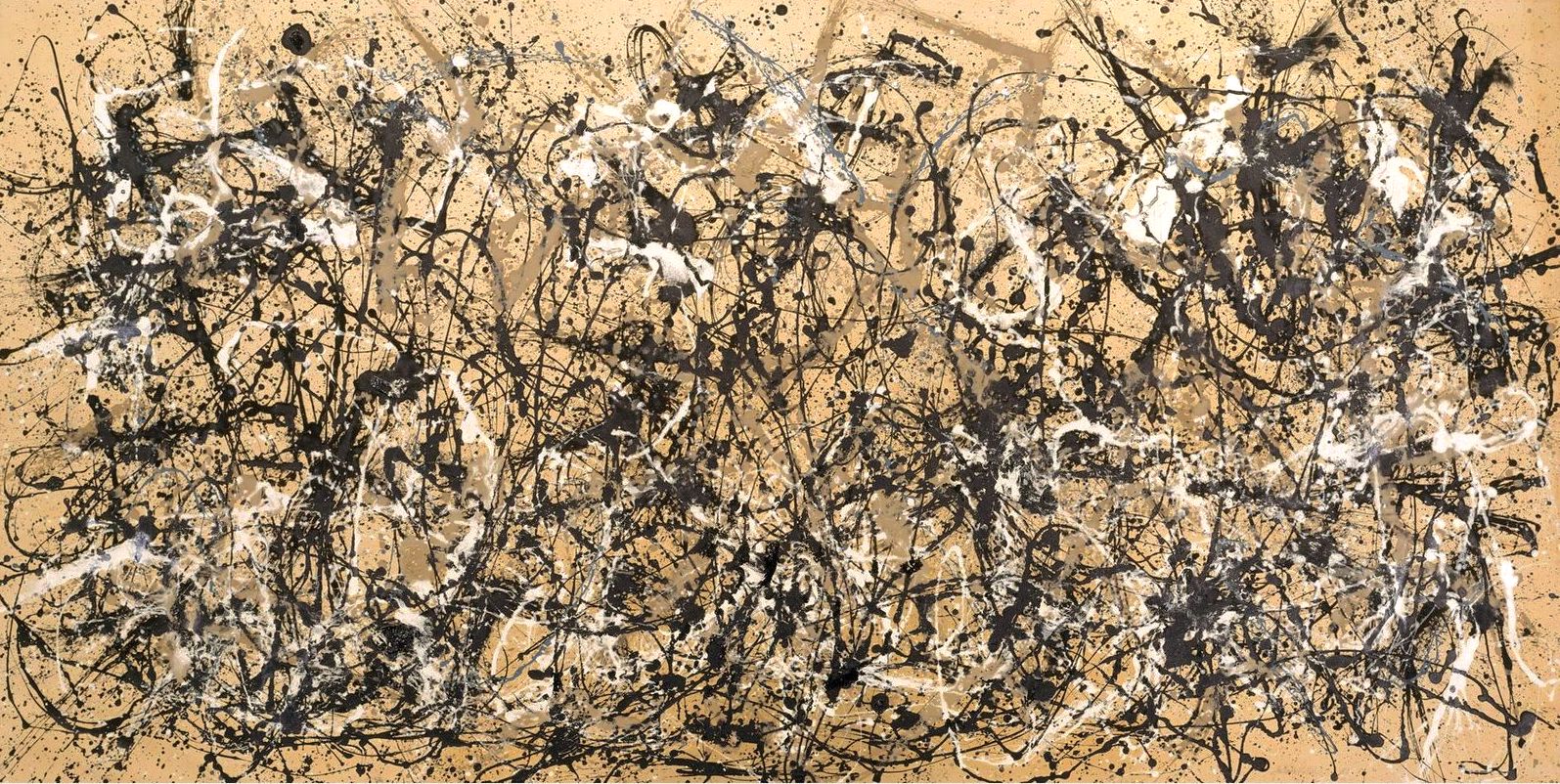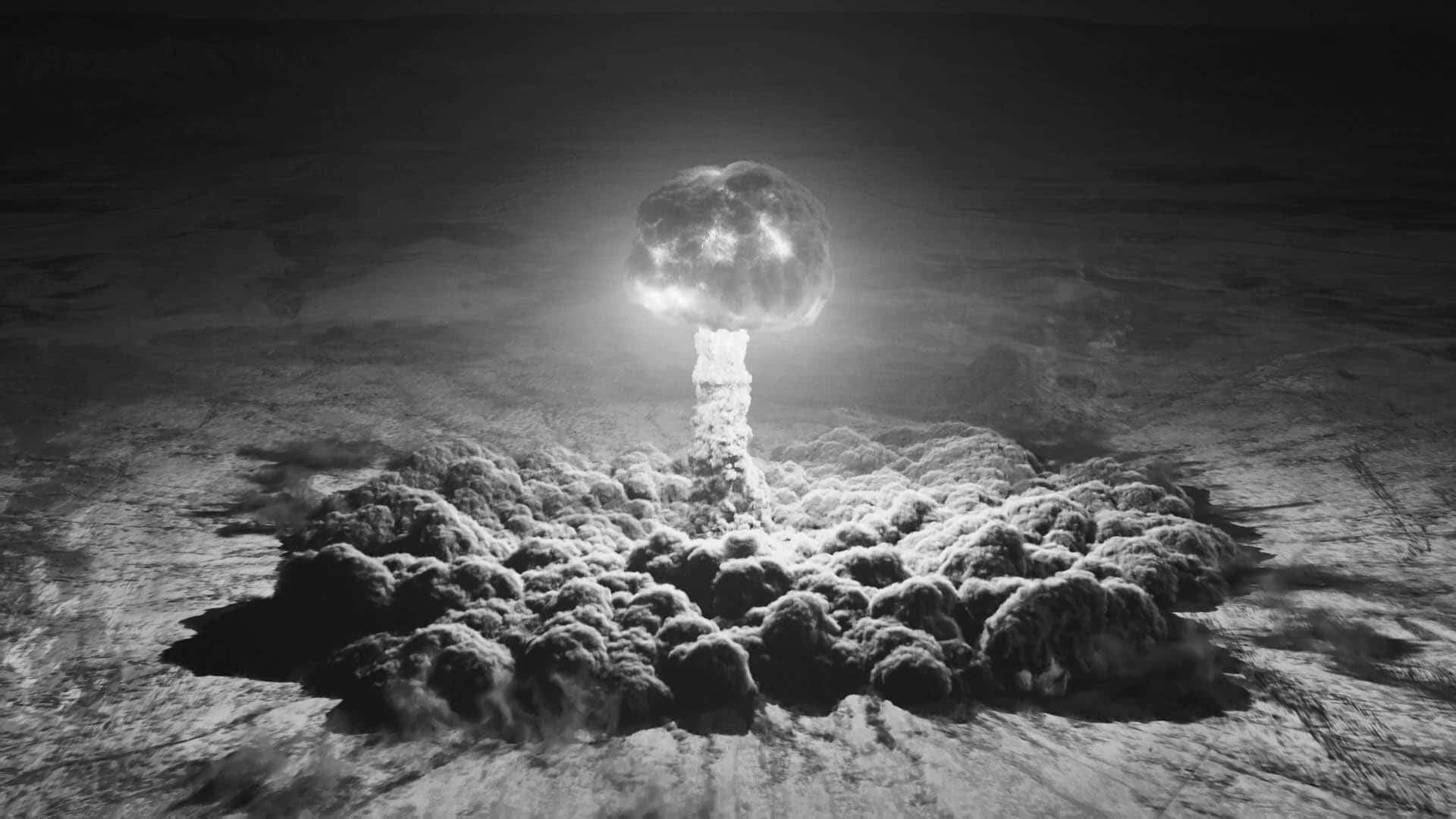“Vision is a faculty. Seeing is an art”
—George Perkins Marsh (1801-1882)

At its headquarters in Langley, Virginia, the Central Intelligence Agency maintains a collection of abstract art. Analysts are encouraged to contemplate the paintings—not to discover any particular meaning, but to hone perceptual skills that might be useful in extracting valuable information from raw data. Cadets attending the Royal Military Academy at Woolwich in the 18th century were trained by professional artists in the pictorial art of topographical landscape-painting. British army high command believed that this would prepare cadets to be keener observers and intelligence-gatherers, while empowering them to make better decisions on the battlefield. Subscribing to the same rationale, West Point operated a drawing academy from its founding in 1802 until 1920. During a transcontinental flight a number of years ago, one of my students fell into conversation with his seat-mate; a young man serving the Air Force Special Warfare unit. Sniper training required him to take a drawing course—not so that he could make art, but to improve his ability to read topography; a necessary skill if one to detect anomalies in the terrain that might help or hinder deadly missions.

A drawing assignment that demonstrates the difference between looking and seeing is tasking students with no knowledge of Arabic to copy this bit of calligraphy:
 The students must reproduce the script with sufficient accuracy to be legible to Arabic readers. Those students who succeeded in the assignment remained incapable of deciphering its meaning. Even when they were informed that it was the Arabic word for “drawing”, none could pronounce it. The majority of students might be satisfied with a good grade for completing the assignment, but a few might devote additional time to acquainting themselves with the fundamentals of the Arabic language and its orthography.
The students must reproduce the script with sufficient accuracy to be legible to Arabic readers. Those students who succeeded in the assignment remained incapable of deciphering its meaning. Even when they were informed that it was the Arabic word for “drawing”, none could pronounce it. The majority of students might be satisfied with a good grade for completing the assignment, but a few might devote additional time to acquainting themselves with the fundamentals of the Arabic language and its orthography.
Leonardo’s study of anatomy undergirded his mastery of the human figure. Paul Cezanne’s fascination with geology enriched his landscape-paintings of Mont Sainte-Victoire. By immersing himself in their traditional lifestyles and folkways, photographer Edward S. Curtis was able to produce the most extraordinary portraits of American Indians. Knowing one’s subject is just as important as mastering one’s craft, but that is never enough.
Naturalist John Burroughs wrote, “What we love to do, that we do well. To know is not all; it is only half. To love is the other half.”
In order to see anything profoundly, one must approach it with empathy. To echo the admonition of Eugen Herrigel’s Kyūdō sensei; to strike the mark, one must first become the target.
Flying from New York to Los Angeles in 1947, a noted writer sat beside a geologist. Crossing Arizona, they looked out the window to behold a barren expanse of plateaus, canyons and arroyos. Turning to the writer, the geologist declared that a vast aquifer lay deep beneath the deserts below.
“If all that water could be brought to the surface,” the geologist explained, “that barren wasteland could be transformed into verdant farms, orchards and vineyards.”
The writer asked how one could blast through a mile of rock.
“Nuclear explosives,” the geologist replied.
Taken aback by this answer, the writer asked if nukes would not contaminate the water. “Perhaps,” the geologist replied, “but that’s not my department.”

A little knowledge can be a dangerous thing. In a Buddhist parable, an elephant is examined by six blind men. One touches the trunk, which to him seems like a large snake. Grasping the tail, another blind man feels a rope. Touching the elephant’s tusk, the third blind man likens it to a spear. The fourth man compares the beast’s side to a wall. The flapping ear reminds another sightless man of a fan. Feeling the elephant’s leg, the sixth mistakes it for a tree. Quarrels erupt, as they unpack their disparate findings. Only when all the blind men sit down to consider the sum of their experiences do they realize that while none of them is wrong, what each had experienced was but part of the whole. Had they each examined every part of the elephant, their conclusions might still have been different.
Looking is not the same as seeing. Listening is not the same as hearing. Experiencing something is not understanding it. To see a painting, read a book, or hear a piece of music takes effort. Like miners, we must excavate its meaning. It’s hard work, but good exercise. The deeper we dig, the more we find.
In my evening life drawing class at the Art Students League of New York, a student struggled to make sense of a drawing that was a train-wreck of rookie mistakes. Distracted by details, he neglected to address more important concerns, such as composition and proportion.
“Study the form and trust the process, “I told him. “The drawing will take care of itself.” From across the room came a strong but gentle voice.
“That’s right!”
I scanned the room to see who spoke up. The voice belonged to an older man with a sketchpad in his lap. He looked up and smiled. It was the singer, Tony Bennett.

Text by James Lancel McElhinney (c) 2023. All other images reproduced under fair use for critical and educational purposes
 Facebook
Facebook Twitter
Twitter Linkedin
Linkedin